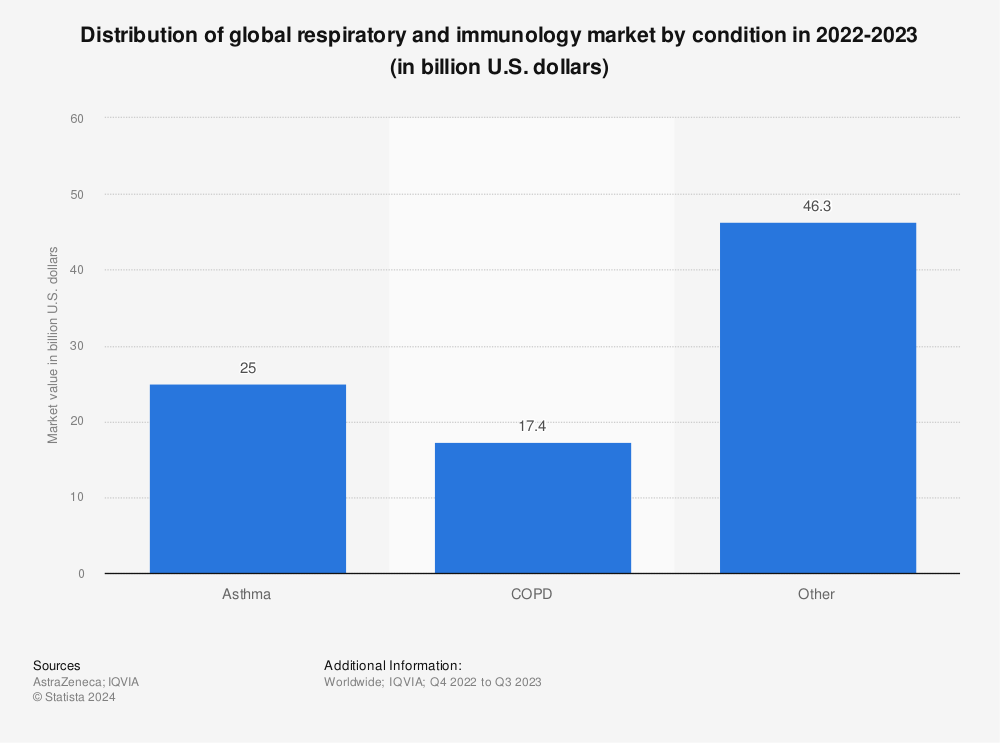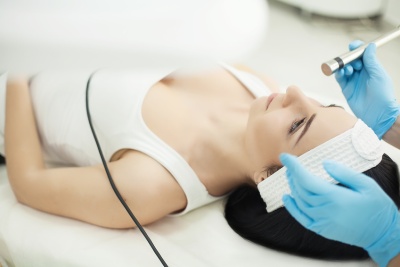Therapy devices are devices intended to help patients treat illnesses, manage symptoms and generally enjoy a better quality of life despite being conditions that may be affecting them. This is a large and growing market and more and more people are investing in devices to help combat a range of conditions from sciatica, to apnea, to SAD.
In this post, learn what the therapy devices market entails and why this is a large industry that is likely to represent a safe investment. Therapy devices or therapeutic devices can refer to a wide range of different medical and therapeutic devices used to treat various different conditions and illnesses.
When we think of treating an illness, we might think primarily of the use of medications. However, therapy and intervention can also take a range of other forms and will often involve the use of appliances or devices. These can be brought home with a patient in order to help them deal with ongoing pain or discomfort. Alternatively, they can be used to help to accelerate recovery, or even as a preventative measure.
This is a huge market and one that is only likely to grow as newer technologies introduce more options for treatment. Let’s take a look at some of the kinds of devices that fall into this category.
CPAP and Other Apnea Treatments
The most common and one of the most effective treatments for sleep apnea is ‘continuous positive airway pressure’ created by a device known unsurprisingly as a ‘Continuous Positive Airway Pressure Device’. This works by blowing a flow of pressurized air down the trachea which acts as a ‘splint’ opening it up during sleep. This takes the form of a mask that can be worn at home during the night plugged into a ‘flow generator’ via a cable and can also prevent associated snoring. A similar device, the Automatic Positive Airway Pressure Device or APAP, automatically alters the amount of pressure to adjust to changes in the airways – keeping it at the constant minimum level required to keep the throat open.
A final variation is the Bi-level pressure device which uses two separate amounts of pressure for inhalation and exhalation – as exhalation can become slightly more difficult with two much pressure going the other way. CPAP and APAP devices can be purchased cheaply only or via prescription and are becoming more portable as the technology develops – now often fitting into small included carry-cases. While they are effective in most cases, they will not be useful for those with central sleep apnea.
Another method is Oral Appliance Therapy or OAT. This can be provided by dentists and consists of a mouthpiece that pushes the lower jaw open in order to open up the airways. This can be effective in mild causes of constructive sleep apnea but is again not effective against central apnea. For even more mild cases of constructive apnea special pillows can be used that force the user into a position more conducive for breathing. As you can see, this highly common condition that can lead to a range of other issues can be effectively treated with the use of therapy devices.
Other Therapy Devices
Tens Machine
If you are experiencing chronic pain, particularly in your lower spine around the sciatic nerve, then you may want something a little more powerful to combat that discomfort and help you relax. A tens machine can be just the ticket here, which works by sending electrical impulses into the area to excite the nerves surrounding the painful tissue. This can essentially create a kind of 'white noise' that drowns out the pain signal that is reaching the brain. This then means you end up feeling 'tingly' in that area instead of very painful and can be a great way to combat the pain.
Daylight Lamp
A daylight lamp is a device that creates light on a similar wavelength to that of the sun. In other words, this appears much like sunlight as far as the body and the mind are concerned and it has a similar effect on the hormones.
This is a useful device for treating the condition SAD or ‘Seasonal Affective Disorder’. In this condition, patients will feel low energy and depressed moods during the winter seasons. It is suspected that this is due to hormonal changes associated with getting up in the dark and going to bed in the dark. By flooding the individual with natural light first thing in the morning, a daylight lamp can help to encourage the production of the right hormones – cortisol in the morning and melatonin in the evening.

Find more statistics at Statista
Commercial Therapy Devices
Of course, there are also therapy devices that you can use yourself at home for a little bit of self-treatment. Some of these are simply relaxing and comforting, which can in itself help with recovery from a range of conditions.
Infrared Saunas
Infrared saunas are saunas just like the ones you know, except they use infrared light in order to generate the heat. This makes them a little easier to maintain and also means that they are less likely to destroy everything you take in with steam. The good bit is that these saunas are actually affordable and simple enough that you can get them for your own home, assemble them in the garden and then use them whenever you want. Thus your garden can become a spa and you can relax and feel your muscles melt away every day if you so wish.
Foot Jacuzzis
Not all of us have the space or cash to add saunas to our garden – this is something of a luxury after all. However if you want something a little smaller that can have almost as profound an effect then a foot Jacuzzi might just do the trick. Not only is this good for your circulation, but it's also the ideal massage you'll want after you've spent a day walking around doing Christmas shopping, or running on the treadmill in the gym.
